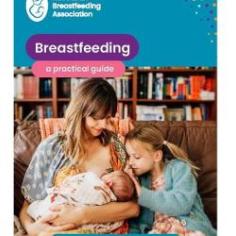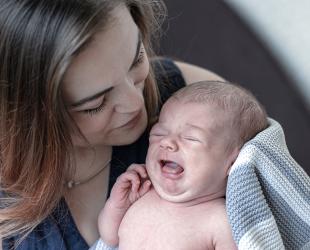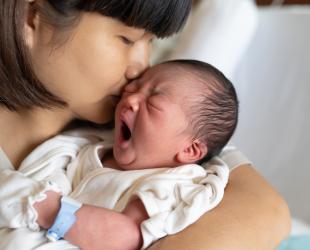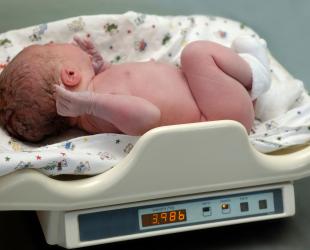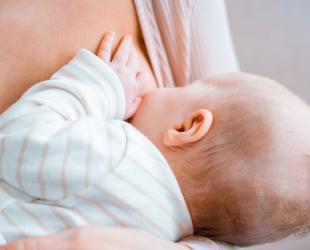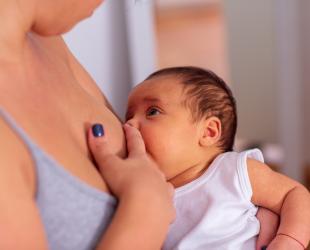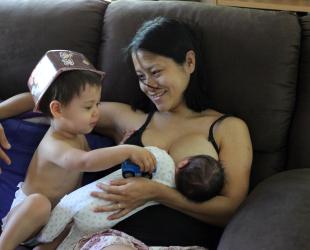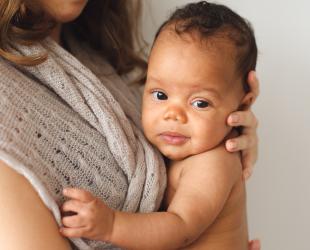Wondering about your milk supply? There are simple ways to know if you’re making enough.
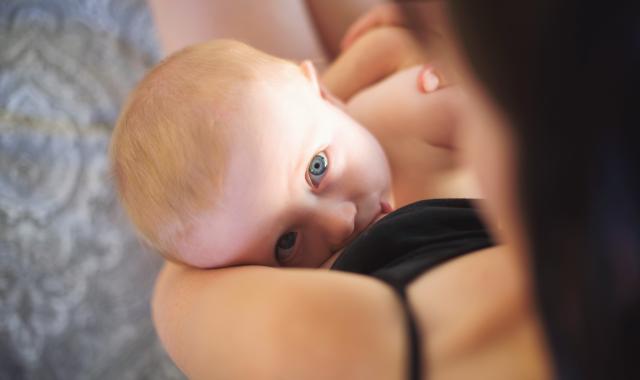
Many parents wonder if their baby is getting enough breastmilk. The good news is, there are simple signs you can look for—no need to measure how much your baby drinks.
Checking your baby's nappies
If your baby is only having breastmilk their nappies can tell you a lot.
Wee (urine): Your baby’s wee should be clear or pale. Dark or strong-smelling wee can be a sign they’re not getting enough milk.
By five days old, your baby should have at least five wet disposable nappies or at least six very wet cloth nappies in 24 hours. The nappies should feel heavy after use with about 60g of wee, like the weight of a large egg.
Poo: Breastfed baby poos are soft and yellow-mustard in colour. Before 6 to 8 weeks, expect three or more runny poos a day, each about the size of your baby’s palm.
After 6 to 8 weeks, some babies start to poo less often—sometimes only once every 7 to 10 days. This is normal as long as the poos are soft or runny and there’s a good amount.
Watching your baby's growth
Growth is another sign your baby is getting enough milk. Your baby is likely getting what they need if they:
- are gaining some weight (it’s normal to lose a little weight after birth, but they should start gaining again—ask your health professional if you’re unsure)
- grow in length (height) and head circumference
- outgrow clothes or their clothes become tighter
- look healthy, with good skin colour and muscle tone (not too floppy)
- are developing normally and meeting their milestones
How often your baby feeds
It's normal for young babies to feed 8 to 14 times or more in 24 hours. Most babies need this many feeds. The more often your baby feeds, the more milk they remove from your breasts. This helps you make more milk.
Your baby's behaviour
Your baby’s behaviour can also give you clues. Babies who are getting enough milk are usually alert when awake and have times when they seem calm or content between feeds.
Sometimes, even babies who are getting plenty of breastmilk may:
- want to feed all the time
- feed more often in the late afternoon and evening (cluster feeding)
- have fussy periods or cry a lot
- wake frequently at night
These behaviours are common and don’t always mean your baby isn’t getting enough milk. Even if your baby isn’t hungry, a breastfeed may be all they need for comfort.
Key signs your baby is getting enough breastmilk
- Plenty of wet and dirty nappies
- Steady growth in weight, length, and head size
- Healthy appearance and normal development
- Frequent feeds and periods of contentment
If you’re ever unsure or worried about your baby’s feeding or growth, reach out to your health professional or speak with a counsellor on the National Breastfeeding Helpline. You’re not alone, and help is always available.
Chapter 6 of ABA's Breastfeeding Basics video series explains the signs that show you're making enough milk.
© Australian Breastfeeding Association October 2025
Online interactive session free for members
Newborn Virtual Village: working out your supply

Over 200 pages of must-have info for the first year of your baby's life.
Breastfeeding: a practical guide
